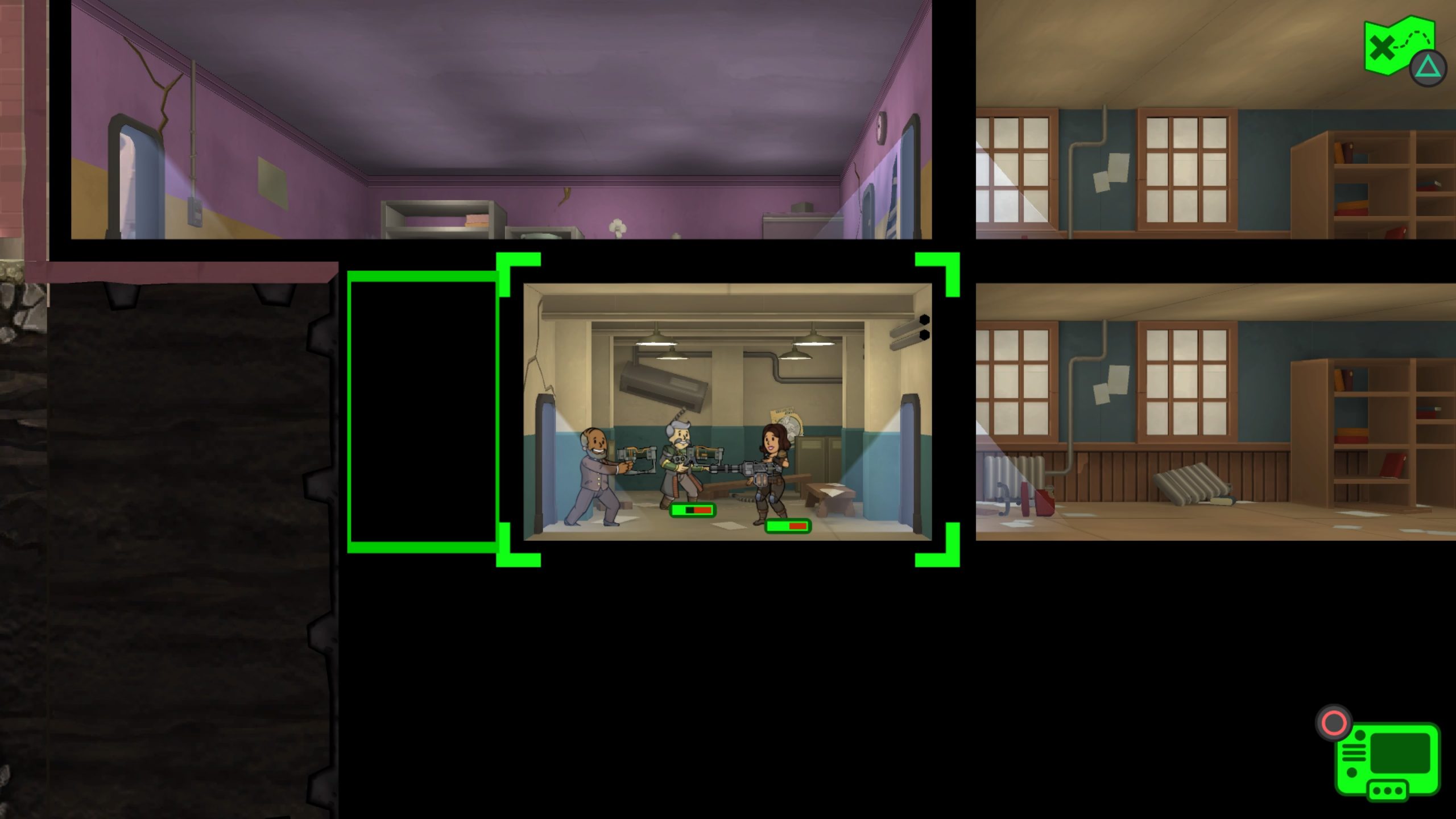
The Survival Condo has several different layouts, from a 900-square-foot half-floor residence to a two-level, 3,600-square-foot penthouse that starts at $4.5 million. “This aspect allows our clients to invest in an appreciating asset as opposed to an expense.” “Our clients are sold on the unique advantage of having a luxury second home that also happens to be a nuclear hardened bunker,” says Hall, who is already starting work on a second Survival Condo in another silo on site. The compound itself will be equipped with all the comforts of a small town, including a community theater, classrooms, hydroponic gardens, a medical clinic, a spa and a gym.

The price depends on whether they want a minimalist space or a home with high-end finishes. Presently being converted into a facility that will accommodate about 5,000 people, the interiors of each bunker are outfitted by the owners at a cost of between $25,000 to $200,000 each. One of those shelters, Vivos xPoint, is near the Black Hills of South Dakota, and consists of 575 military bunkers that served as an Army Munitions Depot until 1967. Vicino says Vivos received a flurry of interest in its shelters around the 2016 election from both liberals and conservatives, and completely sold out of spaces in its community shelters in the past few weeks. The developers also work to create well-rounded communities with a range of skills necessary for long-term survival, from doctors to teachers. Most include food supplies for a year or more, and many have hydroponic gardens to supplement the rations.


The fortified structures are designed to withstand a nuclear strike and come equipped with power systems, water purification systems, blast valves, and Nuclear-Biological-Chemical (NBC) air filtration. Developers of community shelters like these often acquire decommissioned military bunkers and missile silos built by the United States or Soviet governments – sites that would cost hundreds of millions of dollars to build today.


 0 kommentar(er)
0 kommentar(er)
